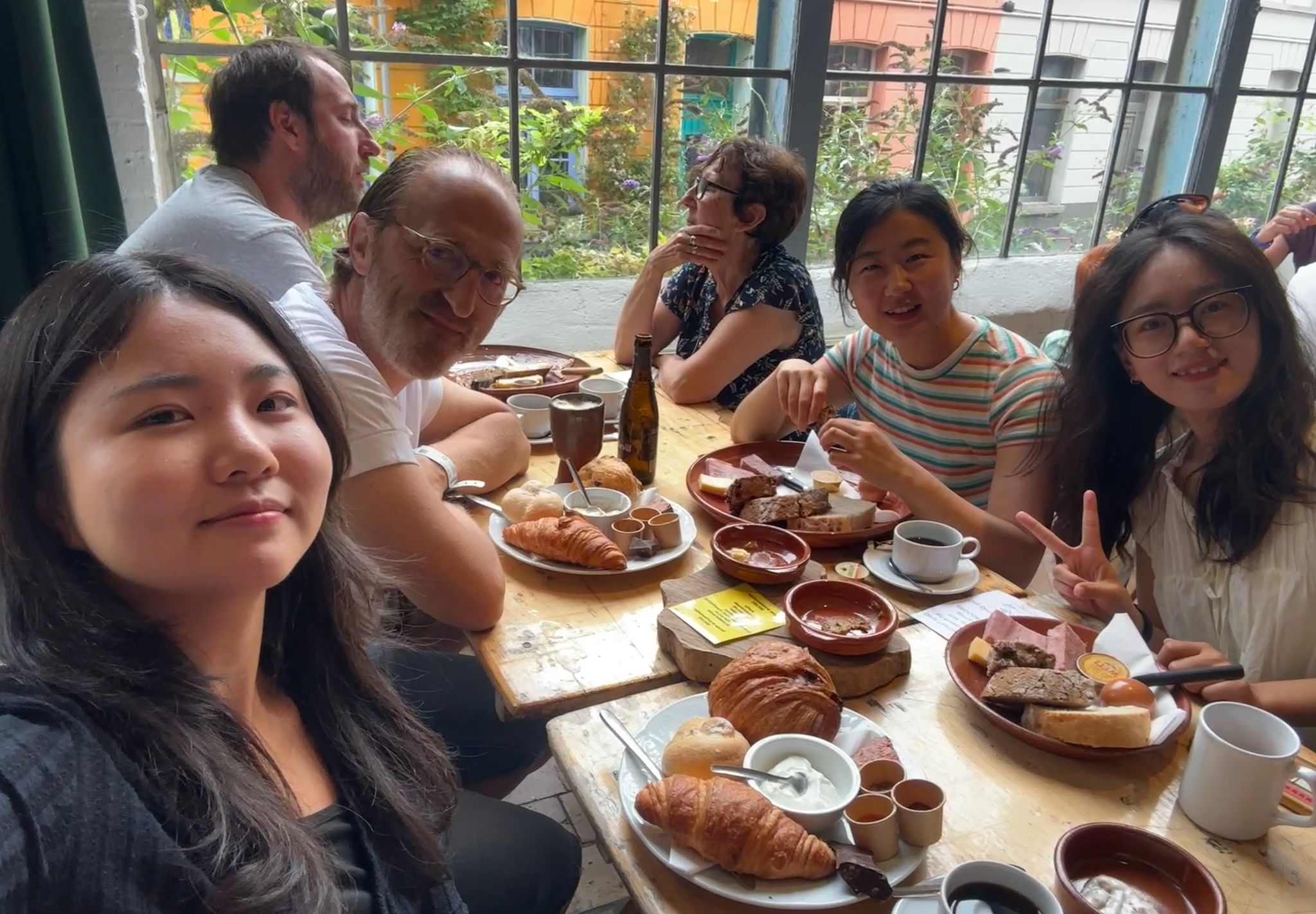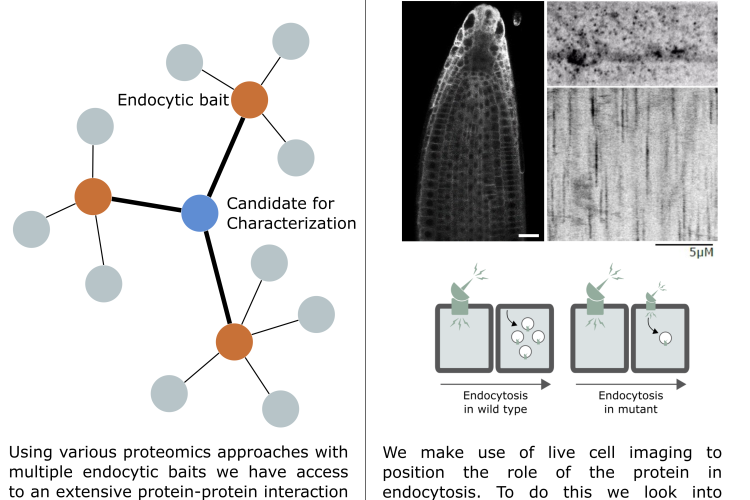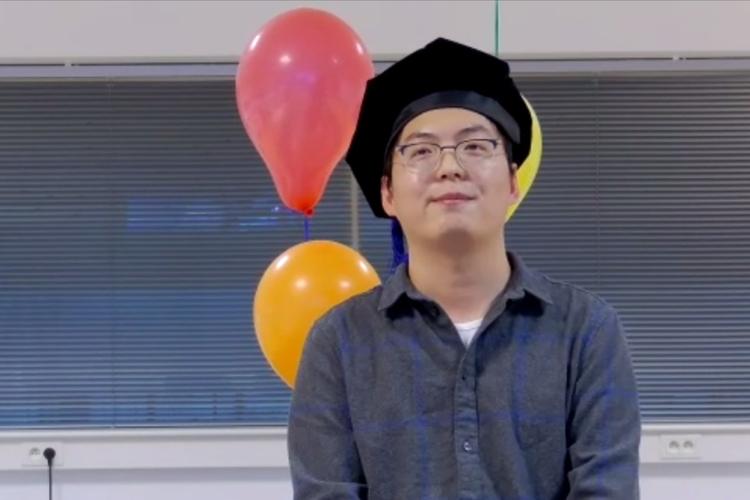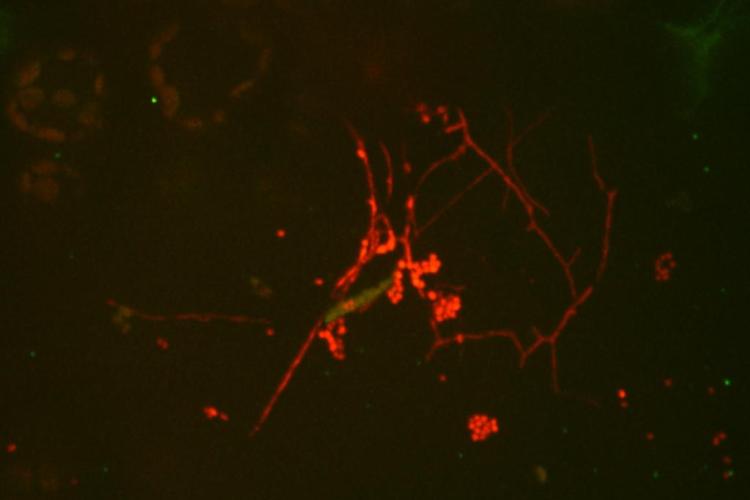Confocal Microscopy
PSB Confocals
The PSB features 5 confocal microscopes, ranging from standard devices to more advanced ones. Depending on your experiment, one device will suit your need more than another. Below are some guidelines for choosing the most suitable confocal.
A main criteria is speed.
Whenever speed is crucial than the spinning disc is the best choice. Speed can be in time: imaging of fast events (below 1 sec), in space: large regions to be obtained by stitching and Z-stack, or a combination with multiple colours and Z-stack.






